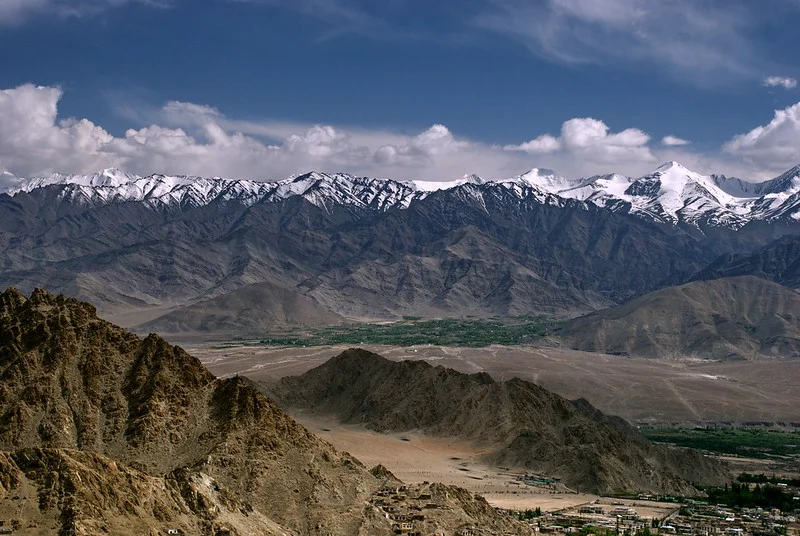Leh Ladakh: Welcome To The Dreamland
A traveler may be divided into two categories: those who have visited Ladakh and those who
haven’t. Ladakh is an enchanted region. Those who have been to Ladakh are unable to get
enough of it. In addition, there are many who remain undecided on whether or not to go to this
magical realm. And this Ladakh Travel Guide is intended for everyone who is contemplating a
journey to Ladakh.
As a result of its geographical isolation and separation from the rest of India, Ladakh seems to
be highly secluded and cut off from the rest of the country. As a matter of fact, Leh is only
accessible by road for a limited period each year (between June and October), when the
Manali-Leh and Srinagar-Leh highways are not closed owing to snow. Moreover, Ladakh is
located at an elevation of between 10000 and 15000 feet above sea level and suffers
temperature fluctuations ranging from 25 degrees to -30 degrees!
How To Reach Leh Ladakh
Traveling to Ladakh via flight is the most convenient mode of transportation. The Kushok Bakula
Rimpochee Airport in Leh is the primary airport serving the region. It is linked to all major cities
in India through New Delhi, which has frequent flights to all of them. The second option for
getting to Leh Ladakh is to go by vehicle. A bike journey to Ladakh is the most common mode of
transportation for visitors visiting Leh Ladakh.
There are two road routes to Ladakh that are suitable for bike rides –
Route 1: From May through September, the Leh-Manali Highway is open to traffic. Along the
way, you’ll travel via Rohtang, Gramphu and Kokshar, Darcha and Baralacha La. You’ll also
cross Gata Loops, Lachulung La, Tanglang La, Gya, and Karu.
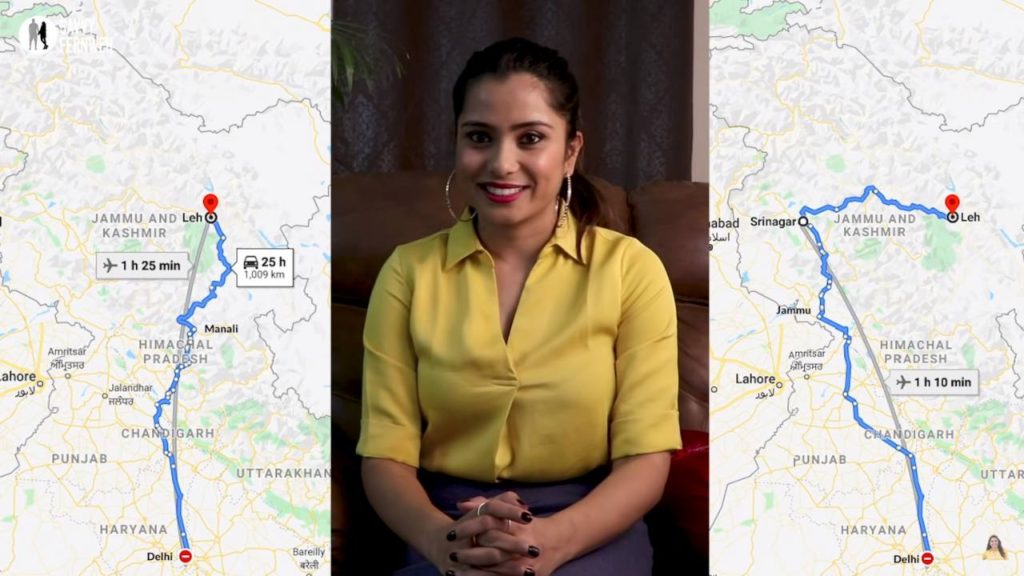
Route 2: From May through October, the Leh-Srinagar Highway is open for business. This
route, which is 434 kilometers long, passes via Sonmarg, Zozi La, Drass, Kargil, Mulbek,
Lamayuru, and Saspol. Because this route is at a lower elevation than the others, it reduces the
likelihood of suffering from severe high-altitude mountain sickness.
Best Time To Visit Leh Ladakh
If you’re intending to visit Leh Ladakh, then arrange your plans between the months of April-May
since it is the finest time to visit. During this time the temperature in Leh is reasonable and
Srinagar is clear to travel. Travellers can tour most of the locations to visit in Leh Ladakh during
this period.
Where to stay
There are many options for every kind of traveler traveling to Leh Ladakh, so here is a list of
options that you can consider on your trip to this dreamland:
● Lhachik Guest House
● Adu’s Eternal Comfort
● The Indus River Camp
● Morning Sky Guest House
● Yarab Tso
● Hotel Ladakh Greens
● Achina
● Zostel Leh
● Ladakh Residency
What places To Visit
Going on a vacation to a beautiful place like Ladakh is undoubtedly a once-in-a-lifetime
experience. So, why would you want to miss out on something that’s really good there, anyway?
It is a convergence of many popular and wonderful things, including monasteries, rivers, valleys,
lakes, towns, and museums, all in one location. You can find a list of the most popular locations
to visit in Leh Ladakh for a good holiday right here.
1. Leh Market
Those who like shopping can visit Ladakh’s marketplaces, where you may find unique things
such as Tibetan souvenirs, jewelry, clothing, and decorative items such as carpets and themes.
Purchases may be made for yourself or as gifts for loved ones to preserve special moments in
time. It’s also a great site to visit with your family and friends on a bike journey to Leh Ladakh.
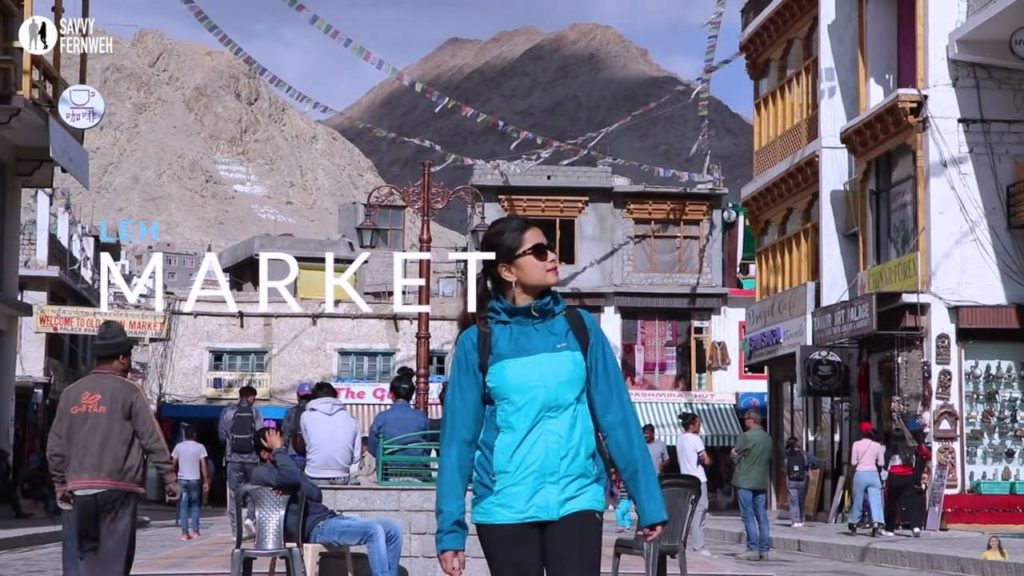
2. Thiksey Monastery
Thiksey is a stunning Buddhist monastery in Ladakh that has been likened to the Potala Palace
in Tibet’s capital city of Lhasa. Snuggled at an elevation of 11,800 ft, the Yellow Hat (Gelugpa)
sect looks after this monastery. More than 500 monks are housed in a 12-story building
complex. He owns a big and priceless collection of Buddhist books, diaries, sculptures, texts,
swords, and Thangka paintings.
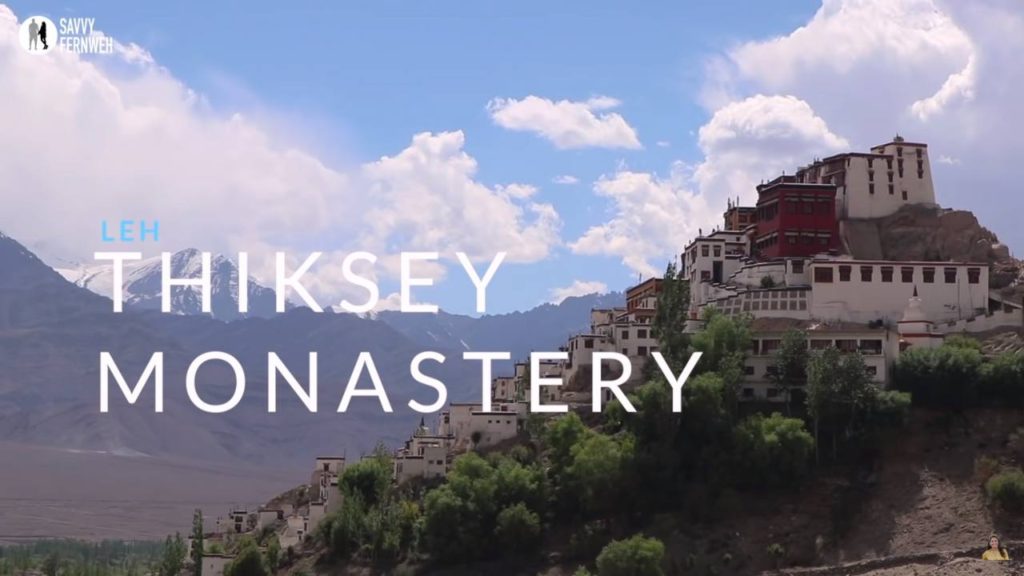
3. Hemis Monastery
Hemis Monastery in India is one of the most well-known Buddhist monasteries in the country,
and it is well-known for its yearly mask festival. This is a two-day spiritual festival that takes
place during the Tibetan month of Tse Chu, which is the tenth month of the Tibetan calendar. In
honor of Guru Padmasambhava, who is considered to be the reincarnation of the Gautam
Buddha, the event is held every year on the 15th.
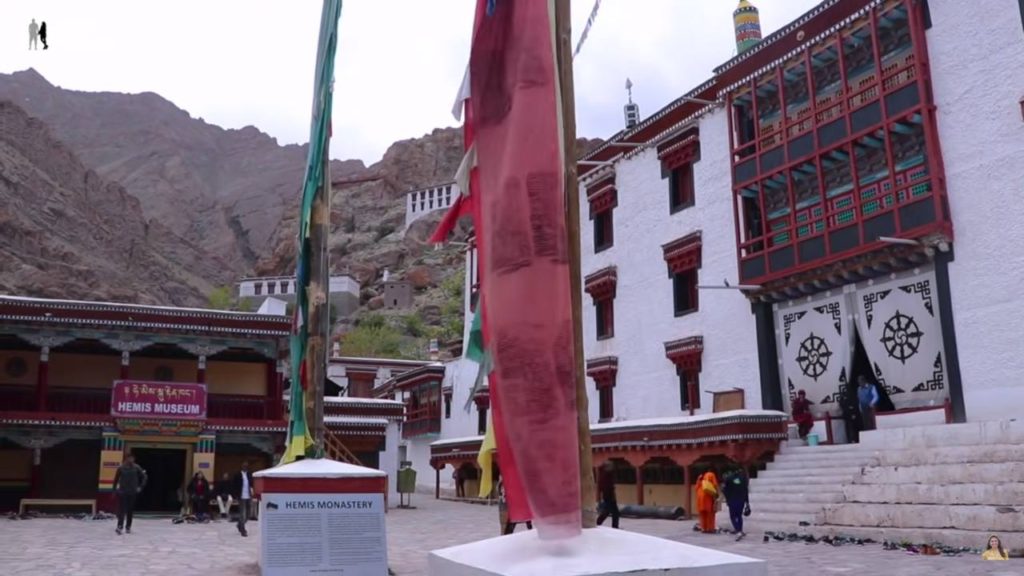
4. Shey Palace and Monastery
An old monastery known as the Shey Palace is located in the Shey Monastery. Until recently,
Ladakh’s summer capital was located here, but it is now largely in ruin. Atop a hill, it provides
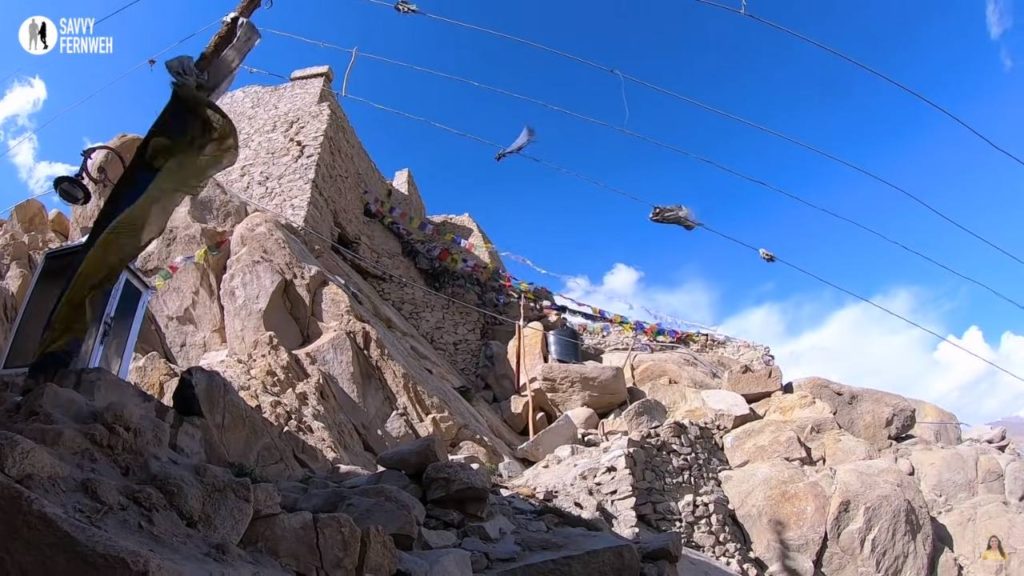
excellent views of the surrounding area. The monastery’s main attraction is a 39-foot-tall statue
of Shakyamuni Buddha. To enter the monastery, you must obtain a special permit.
5. Shanti Stupa
What better location to elicit some inner thoughts than in this setting? The Shanti Stupa, which
is located on a hill near Chanspa, Leh, is one of the most gorgeous and tranquil Buddhist
structures you could possibly view in the very north of India, making it a must-see for the finest
of Ladakh tourism. Take the long incline to reach the Stupa, which gives spectacular dawn and
sunset views. Additionally, the panoramic views of the surrounding environment make the
Shanti Stupa one of the most popular tourist destinations in Ladakh.
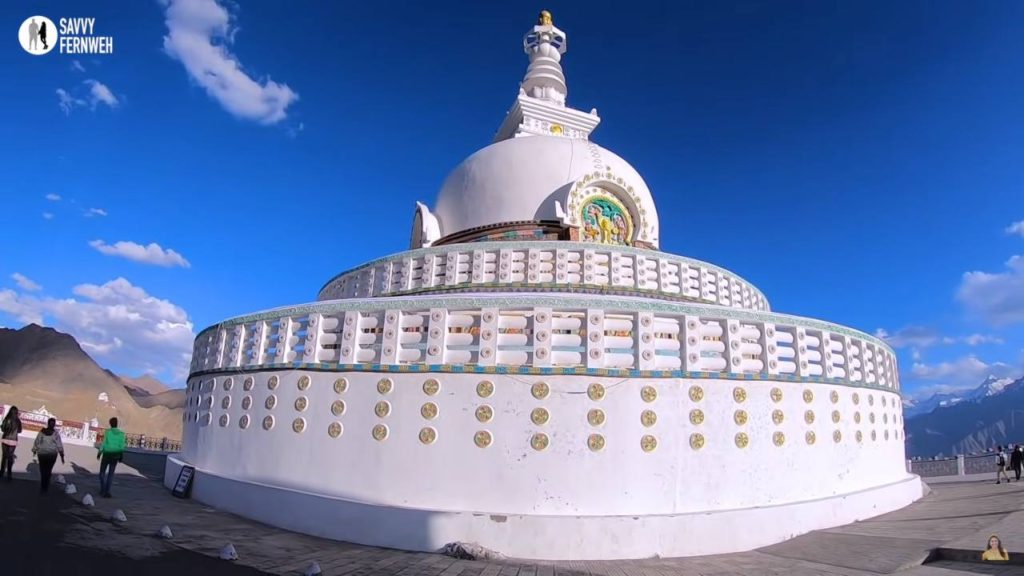
6. Leh Palace
The Royal Leh Palace, located on a rock overlooking the lovely town of Leh and evoking the
spirit of the Potala Palace in Lhasa, is a replica of the former. This site, which was formerly a
famous emblem of the royal family’s greatness and which was located in this town in the olden
days, cannot be ignored by any adventurer out there! Moreover, the magnificent Buddha statue
in the rear of the palace adds even more to the allure of this location.
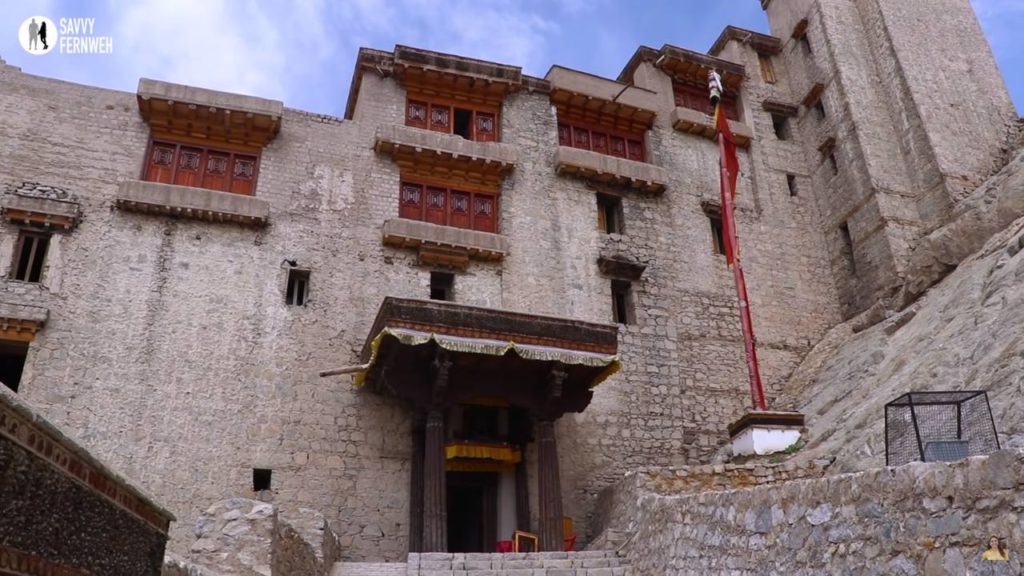
7. Shyok Valley
Nubra Valley’s Shyok Village, situated between Leh and Pangong Lake, is a little-known beauty.
It’s an unusual spot with just a handful of homes and people living here along the banks of the
Shyok River. It’s the ideal location for taking it easy, taking in the scenery, and getting away
from the hustle and bustle of everyday life.
8. Hall of fame
These brave men and women who risked their lives for their country’s freedom are honored in
the Hall of Fame. The heroic deed has been inculcated in the museum’s picture frames and will
tell you the narrative of their bravery. In addition, troops have access to weapons and other
equipment—one of Ladakh’s most popular tourist attractions.
9. Kargil
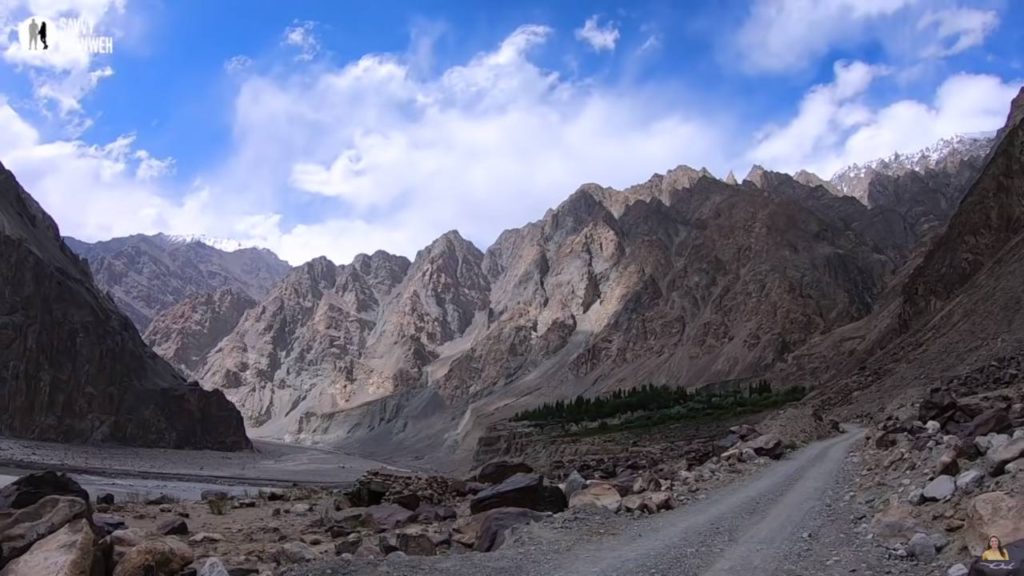
Pakistan-administered Kashmir’s Baltistan to the west and Kashmir valley to the south face
Kargil on the Line of Control. Suru, Wakha, and Dras valleys are all located in the Kargil district.
In 1999, an Indian-Pakistani battle erupted in the Kargil region.
10. Gurudwara Pathar Sahib
Dedicated to Guru Nanak Dev, the Gurudwara Pathar Sahib is one of the most magnificent in
the world. It is respected because it has a rock that looks like Guru Nanak’s back. This is
because it was erected where he is said to have defeated a demon.
11. Magnetic Hill
Magnetic Hill is a must-see attraction in Leh Ladakh and is one of the top spots to visit in the
region. The exact physics underlying the phenomena is unclear. However, it has been observed
that if you leave your car at the bottom of a hill with the brakes unlocked, it will begin to gently
climb the slope on its own after a short while. Magic? Without a doubt, no. It’s just the abilities
you get as a result of reaching this location. Consequently, you must include it in your list of
sites to see in Leh Ladakh!
12. Lamayuru
You should definitely include a trip to Lamayuru in your time spent in Leh. That little village is
famed for the Lamayuru Monastery there. An area of land is thought to have been taken from
the moon. The beautiful fresco murals that decorate the residents’ homes are a sight to see.
13. Sangam Point
The Indus and Zanskar rivers meet at Sangam in Ladakh, hence the name Sangam. In Nimmu,
35 kilometers from Leh, on the Leh-Srinagar route, you’ll find it. At this moment, the two rivers
may be clearly seen meeting. The Zanskar River seems murky green compared to the Indus
River’s brilliant blue hue. It’s a breathtaking sight to see.
The two rivers at Sangam’s confluence alter their course as the season’s change. In summer,
the Zanskar River swells and becomes rapid, whilst the Indus River remains calm. Zanskar’s
flow reduces to a trickle during the colder months, and the Indus is much less frequent. Tibet is
the source of the Indus, one of Asia’s longest rivers. When water flows through a valley, it
creates a waterway.
14. Khardungla Pass
The Khardungla Pass, which connects the Nubra and Shyok valleys, is one of Ladakh’s most
popular tourist destinations and one of the most difficult to reach. However, although it may not
be a conventional tourist destination in Leh Ladakh, it is unquestionably one of the must-see
locations to visit in and around Leh Ladakh for those who want thrills and excitement. Kardung-
la Pass, which the Border Roads Organization manages, is the entryway to the north and one of
the most demanding and exhilarating routes to ride on the Tibetan Plateau.
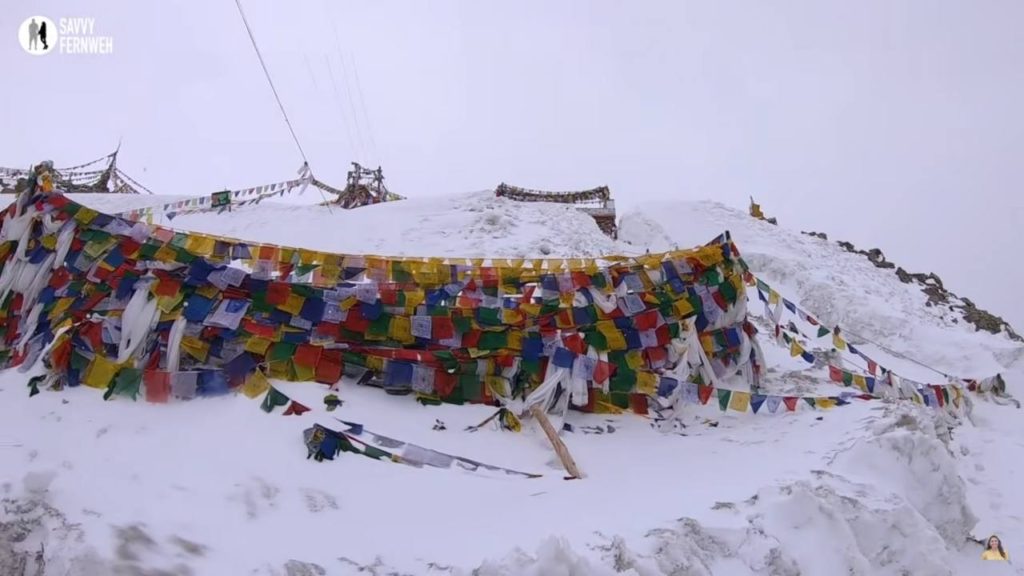
15. Diskit Monastery
Diskit Monastery, built in the 14th century by Changzem Tsera Zangpo in the stunning Nubra
Valley, is one of Ladakh’s most beautiful and oldest Buddhist monasteries. Several Buddha
statues, pictures of other Tibetan guardian gods, and a massive drum here, all belonging to the
Gelugpa (Yellow Hat) school of Tibetan Buddhism.
One of Ladakh’s most renowned monasteries, this one delivers a sense of solitary calm and
inner tranquility thanks to its stunning surroundings. The Maitreya Buddha, a well-known
landmark in the area, is located nearby.
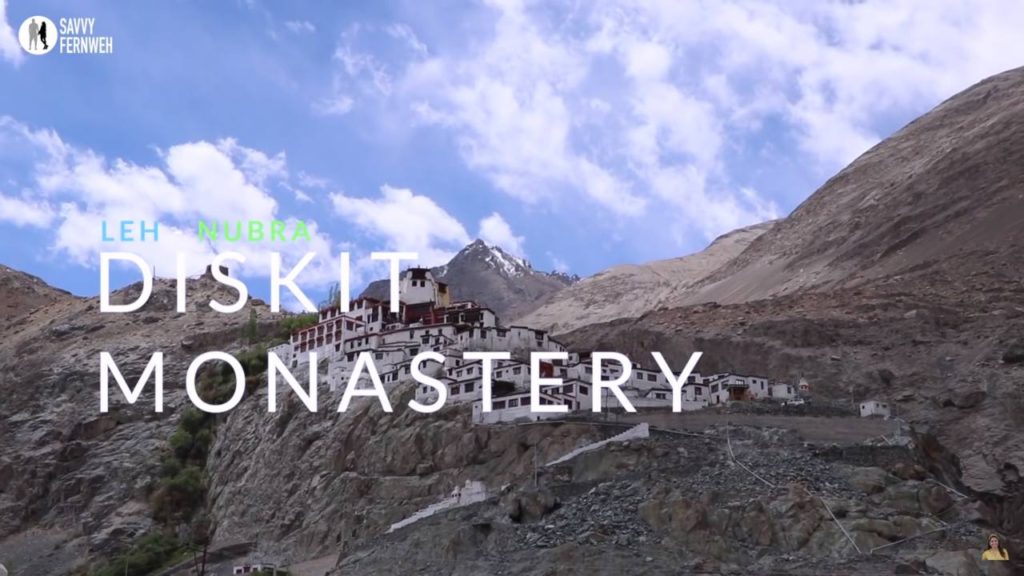
16. Hunder Village
Located 7 kilometers from Diksit Monastery in the Nubra Valley, Hunder is an isolated
settlement. Camel rides in the freezing desert and sand dunes are just a few of the attractions.
In addition, sea buckthorn, a medicinal shrub, grows wild in the area. So it’s no surprise that
hikers flock to Hunder.
17. Turtuk
Ladakh’s Nubra Valley area is home to Turtuk, a tiny settlement situated on the banks of the
Shyok River. It’s a remote location that just became accessible to visitors in 2010. It’s weird to
walk through the charming town, with its itty bitty buildings and meadows. During the winter, it is
shut off from Ladakh for six months.
18. Pangong Lake
Those who saw the film 3 Idiots would remember the stunningly gorgeous lake where Kareena
Kapoor expressed her love to Ranbir Kapoor. It is Pangong Tso, a lake that is one of the most
prominent tourist attractions in Leh Ladakh, and it is located on the Changtang plateau in the
eastern Ladakh area, among other things. The lake provides an excellent camping location and
is now a popular destination for tourists from all over the world, making it one of the most
popular tourist destinations in Ladakh. However, if you want to avoid the crowds, you should
visit this location during the off-season. The lake completely freezes over during the winter,
making it one of the most beautiful spots to visit in Leh in January.
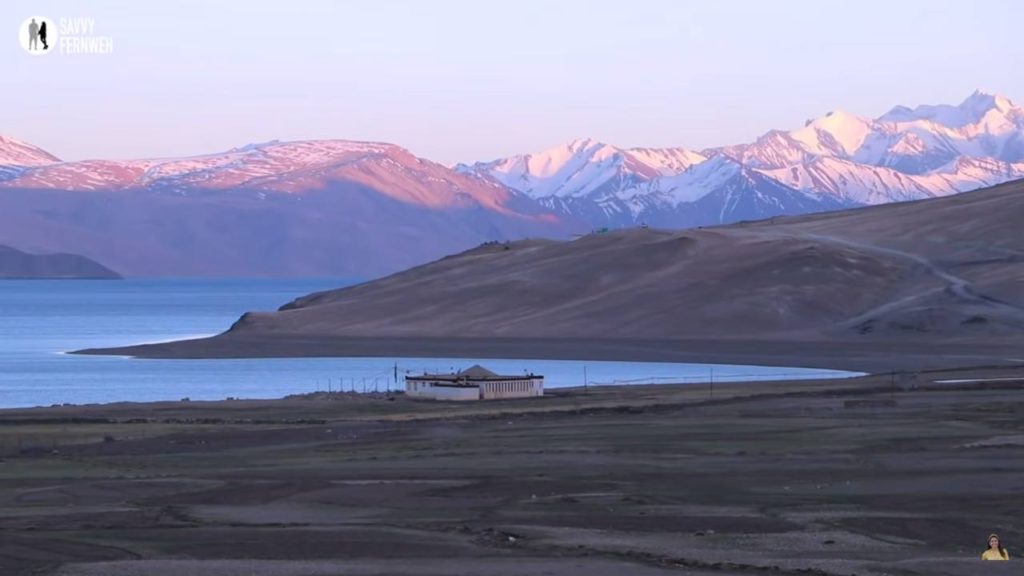
19. Tso Moriri
Tso Moriri Lake is a lesser-known lake in the Changtang Wildlife Sanctuary, a twin of Pangong
Tso Lake. This lake’s beautiful splendor is enhanced by its position. When set against the
background of snow-capped mountains, the scene is truly mesmerizing.
If you’re looking for a quiet spot to relax by the lake, this is the place to go because of its
“lesser-known” status. Tso Moriri Lake’s clear night sky is ideal for stargazing. You granted
wetland reserve status to Moriri Tso, commonly known as a “Mountain Lake.”
Himalayan Hares may be found in abundance in this area, along with various other species,
including the Brahmin duck and the brown-headed gull. This lake is completely isolated from the
rest of the world because of the sheer height of the surrounding mountains.
20. Tsokar Lake
It is one of the most popular tourist attractions in Ladakh to see Tso Kar, a salt lake that is
constantly shifting. Travelers flock to the Tso Kar Lake, also known as the “White Lake,”
because of its tranquility. There are a few nomadic households, a few yak barns, and a
monastery in the immediate vicinity of the lake. For a unique adventure, consider spending the
night at Tso Kar. It’s a great area to go bird viewing, too.
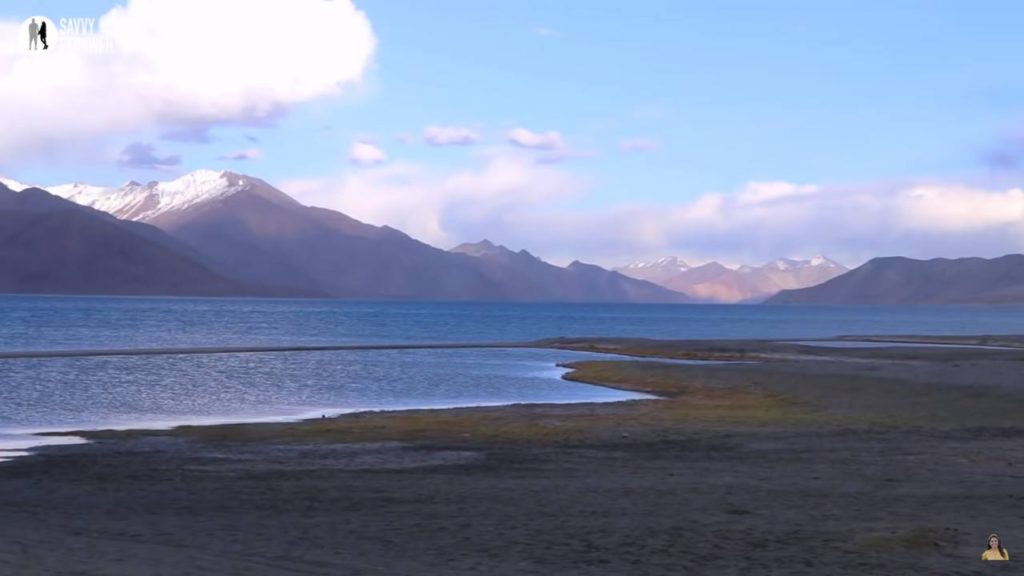
21. Moonland
Its striking likeness to the moon is the primary reason why this gorgeous, naturally occurring
area is one of the top sites to visit in Ladakh. It is difficult to overlook on your trip to Lamayuru
because of its prominent lunar appearance. Here’s where you should go if you want to view one
of the most beautiful sites in Leh that hasn’t been seen by many tourists yet. You should visit
this location with a full moon since it is thought to be a one-of-a-kind experience with the
moonlight reflecting on this kind of surface. Moonland is one of those one-of-a-kind spots to visit
in Leh Ladakh during the month of April.
22. Lachulung La
The Lachulung La pass is located at the height of 5059 meters above sea level and is the
highest point in Tibet. As a result of its height, it is regarded to be exceedingly hazardous. It is
located on the border of Himachal Pradesh and the state of Jammu and Kashmir. It also serves
as a natural boundary between the valleys of Tsarap Chu and Tozay.
Where to Eat
There is much more to discover than the city’s famous quick noodles when it comes to Leh’s
cuisine. Leh Ladakh’s most popular cuisines are listed below. If you’re a gourmet or a seasoned
traveler, you’ll want to sample the cuisines of every new location you visit.
Here are the cafes and restaurants where you can try local dishes:
● GESMO RESTAURANT
● Himalaya Cafe
● Neha Snacks
● IL Forno
● Lamayuru Restaurant
● Summer Harvest
● The Tibetan Kitchen
● Chopsticks Noodle Bar
● Wonderland
Final Words:
So hurry on, for Ladakh is calling! If you can’t hold your adrenaline rush at bay and want to
witness the most beautiful vistas in this pure area, then be sure to engage in these activities to
do in Ladakh in 2022 while you’re here. The most pristine highlands, brimming with lively
cultural aesthetics, await discovery.
